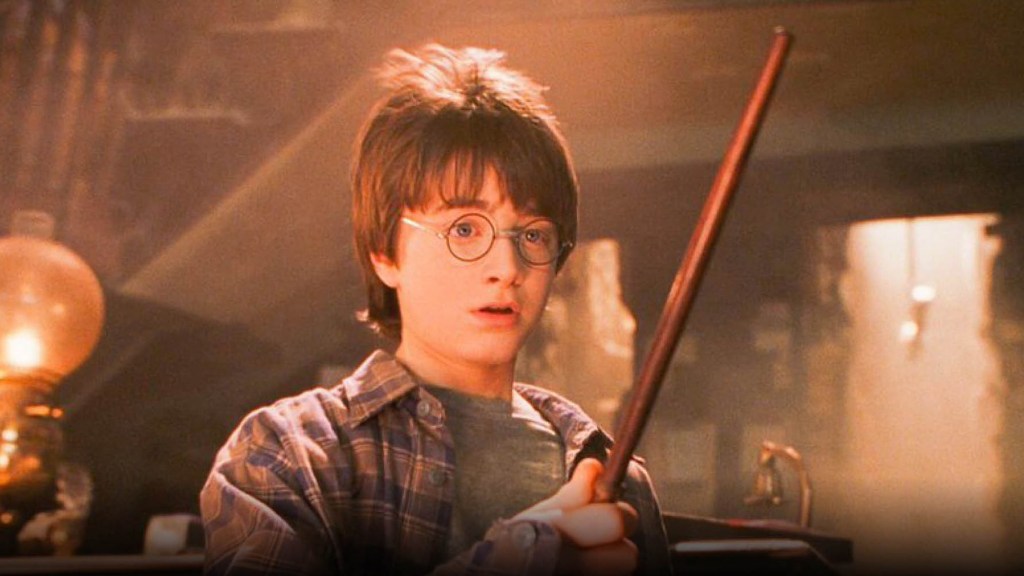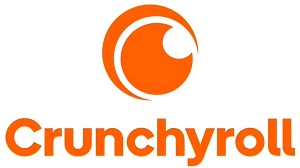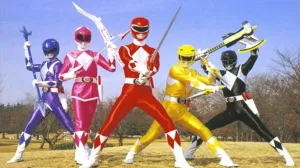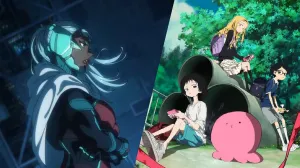HBO and Warner Bros. have a tall order in front of them with the upcoming Harry Potter show. Announced as a decade-long adaptation of J.K. Rowling’s juggernaut novel series, every emerging detail of the forthcoming show is already under a microscope. Fans are debating casting choices and fidelity to the source material, but there’s a deeper problem that will define whether the reboot works or falls flat: how the magic itself looks on screen. More specifically, will this series rely too heavily on post-production processing and digital effects?
Videos by ComicBook.com
When Harry Potter and the Sorcerer’s Stone premiered in 2001, it was entering a new era of Hollywood. CGI was gaining ground, but directors still leaned heavily on practical effects wherever possible. The floating candles in the Great Hall were real candles on wires. In Harry Potter and the Prisoner of Azkaban, Alfonso Cuarón’s team physically rebuilt a triple-decker bus that could maneuver tight spaces, and illusionist Paul Kieve designed the self-folding Marauder’s Map. Even the first-ever Quidditch match used rigged broomsticks on massive gimbals to capture genuine movement before layering in digital elements. While not devoid of digital FX, the hybrid approach grounded the world and gave audiences something tangible to connect with.
There’s One Major Problem the Harry Potter TV Show Needs to Address

Fast forward to 2025, and major Hollywood production pipelines have changed drastically. The temptation, if not the standard practice now, is to shoot everything with green screens, multiple cameras, and flat lighting, then let the VFX artists “paint in” the magic (and the shadows) later. That’s efficient for shooting schedules and control over the story in post, but it risks creating a world that looks weightless, glossy, and ultimately fake. Fans have already seen what happens when studios lean too hard on digital wizardry: Fantastic Beasts: The Crimes of Grindelwald was widely panned for its muddy, CGI-heavy visuals. The last thing the reboot wants is to debut on HBO Max with a pilot that feels more like one of those Harry Potter AI edits than a lived-in Wizarding World.
Rowling’s books describe unforgivable curses, moving staircases, and potions bubbling over cauldrons. The characters interact with beasts like the Basilisk (for which Chris Columbus’s Harry Potter and the Chamber of Secrets built a 25-foot-long animatronic head). Capturing these sensory signals in-camera is a big part of what made Hogwarts feel real in the films. Given how precious Harry Potter is to its fans, if Episode 1 of the reboot introduces Diagon Alley with digital renderings and computer lighting, audiences will likely revolt.
What the Harry Potter Movies Got Right

Sorcerer’s Stone’s Mirror of Erised is the perfect example of this approach working. The mirror was physically built and lit in such a way that Daniel Radcliffe could really stare into his character’s eyes and deepest desires. Similarly, the late Richard Harris’s Dumbledore walking Harry through candlelit corridors carried weight because those torches were really flickering on set. The actors could likely feel the firelight, and therefore, so could the audience. These practical touches aren’t just for our sake; they create an immersive world on set as well, helping the performers sink into the space and embody their characters.
By the time the series hit Prisoner of Azkaban, the franchise was experimenting with new tricks like the realistic Hippogriff Buckbeak animatronic, tidied up with more advanced digital enhancements when necessary. A combination that resulted in one of the most beloved magical creatures in the saga, precisely because it looked like it occupied real space. Even late into the franchise, David Yates’ Harry Potter and the Order of the Phoenix gave us the Dumbledore vs. Voldemort duel, a heavily CGI sequence that still felt powerful because of strong lighting choices and real debris flying around the set. These films followed in the lineage of the original The Lord of the Rings trilogy, using digital effects to supplement the practical effects. Fans are only hoping the TV reboot doesn’t take the path of The Hobbit films instead.
The Practical Path Forward

We will know by Episode 1 if the new show has taken the easy way out. The pilot will almost certainly feature Harry conversing with the snake at the zoo, a herd of owls delivering a metric ton of Hogwarts letters, and likely Hagrid on his flying motorcycle. These are the moments that will cement whether fans feel immersed in the Wizarding World again. Building a practical Great Hall and hanging candles, even if they require extra pre-production time and on-set safety measures, will help the showrunners climb the first boulder in the uphill battle of rebooting a beloved series. Hopefully, when Dominic McLaughlin’s Harry picks up his wand for the first time, they’ll have a pyrotechnic squib and fans blowing in from offscreen.
The other layer to this problem is the state of the VFX industry itself. Modern digital effects don’t usually look rough because artists lack skill, but because they’re often underpaid, overworked, and not given enough time to provide the necessary attention to each detail. Marvel and other studios have faced public criticism in recent years for inundating VFX houses with entire films to complete under impossible deadlines that leave even the best artists delivering shots that feel unfinished. When the Harry Potter reboot inevitably uses digital wizardry to bring the world together, the best safeguard against fake-looking or overcooked effects will be giving their post teams the time and resources to do their jobs right. Respecting the artists behind the screens is just as important as respecting the source material.
Although there have been many bad examples recently, there is a precedent for good effects in modern television. HBO’s House of the Dragon combined practical sets and props with digital VFX, which helped its dragons feel more integrated into the environment. Amazon’s The Lord of the Rings: The Rings of Power got unflattering reviews for its writing, but many praised its reliance on real sets in New Zealand over excessive green screen.
The Harry Potter films were scrutinized for their adherence to the books, and the TV show will be scrutinized for how it stands up to the movies. Audiences can tell the difference between an in-camera creature and a VFX rush job, and since we already know the source material is good, most of the Harry Potter series’ success will rely on what we can see and feel through the screen.
What’s the magical moment you’re most nervous about them pulling off in Episode 1? Leave us a comment below!








